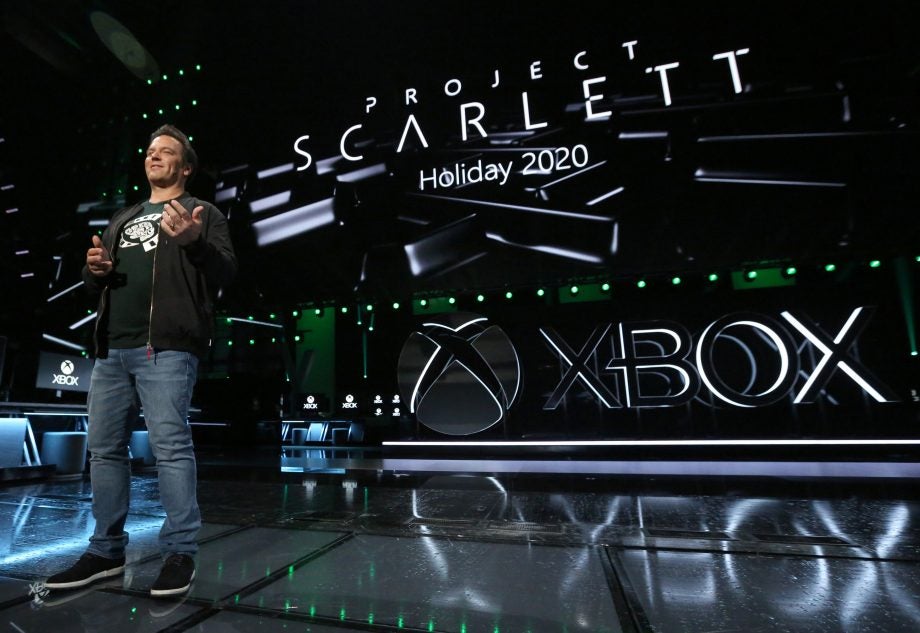The Xbox 2 and PS5 look great, but they’re out of date: Opinion

Microsoft and Sony have lifted the lid on the next generation Xbox Series X and PS5 consoles and you’re probably asking yourself one key question as a result: which one should I get?
For me the answer’s pretty simple. You shouldn’t get either. But before the trolls come out in force, hear me out. I’m not denying the Xbox 2 and PS5 look great. As pieces of hardware, from what I’ve seen, they’ll be very impressive beasts.
The Xbox 2 really did impress me when Microsoft unveiled Project Scarlett at E3 on Sunday. For starters there’s its graphical grunt. The Xbox is based of AMD’ Zen 2 and Radeon RDNA architecture and will come with faster GDDR6 memory than its predecessor.
Related: What is ray tracing?
This plus the use of a “next generation” solid state drive (SSD) mean, according to Microsoft, the Xbox 2 will handle 8K resolutions and ray tracing, playing games at variable refresh rates over 60fps.
The PS5 isn’t a slow poke either and matches what we currently know about the Xbox 2’s hardware. It’ll similarly pack AMD tech, be capable of ray tracing and playing games in 8K at frame rates beyond 60fps.
These are things you’d traditionally only be able to do on a pretty decent gaming PC. So hat off to Microsoft and Sony for finally bringing them to the console space.
But for me it’s not a question of hardware. Gaming’s moving beyond that.
Every market forecast you look at suggests gamers are moving away from the traditional ownership model, where you pay to physically or digitally own each game for life.
Related: Xbox 2 vs Google Stadia
This old-school model is being replaced by the same “as a service” model seen on TV and music. Specifically, the industry is moving to subscription model like Netflix and Spotify, where people pay for access to a games library on a month-by-month basis.
The evidence for this is undeniable. Publishers across the board have been playing with the model for a while but this year the floodgates have well and truly opened. Google is set to dive in wholeheartedly in November when it launches its Google Stadia service. Microsoft’s doing the same with xCloud. Even Apple’s joining the action with its Apple Arcade subscription service.
Google and Microsoft’s wares are particularly important. For those that missed it, Stadia and xCloud are gaming subscription services that let you stream triple-A games over the cloud to a multitude of devices, including TVs, laptops, mobile phones and tablets.
Related: Google Stadia vs Project xCloud
The idea is simple and, for me, will be the future of gaming for two key reasons.
First, convenience. The pay-as-you-play model lets you only shell out cash when you want to game. If you’re going travelling, or want to punish a ne’er-do-well sprog, you can cancel the subscription at any time.
Second, money. If you subscribe to any service for a long enough time it’ll eventually cost more than a console and decent library of games. But because it’s spread it makes the entry point to triple-A gaming far lower.
As it stands getting a 4K ready gaming rig will cost you a lot of moola. The PS5 and Xbox 2 haven’t announced pricing but I’d expect them to retail for at least £500-£600, which isn’t cheap. Games are also outright extortionate these days, with a big release like Call of Duty costing you around £60 up front – and that’s not including the wealth of paid for DLC expansions which will inevitably follow.
With Stadia and xCloud you won’t need to worry about any of this because, by streaming games via the cloud, you remove the need for an expensive console or PC locally. All you need is an IP enabled screen and controller. For me, the sheer convenience of this makes me certain cloud gaming is the future.
Related: PS5 vs Xbox 2
I’m far from alone in my belief that this will be the future of gaming. Analyst house Zion Market Research predicted the cloud gaming market will grow in value from $802 million in 2017 to $6,944 billion by 2026. And that’s not even the wildest forecast I’ve seen.
The only question for me is whether Stadia and xCloud will be the services to spearhead the change in habit and make it the norm. But from what I’ve seen I’m confident they will, and that’s why I’m struggling to get excited about the PS5 and Xbox 2, and not reaching for my wallet as I was when the PS4 and Xbox One launched.


